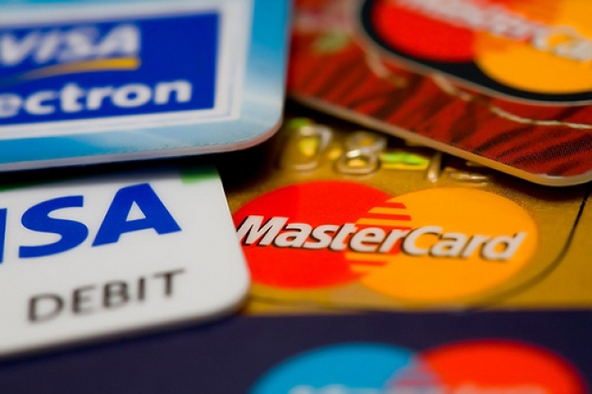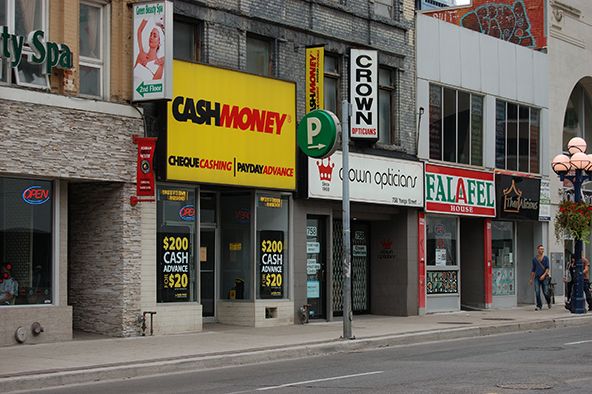The CFPB, Penalty Boxes, Highlighting and the Issue with Overdraft Fees

In the short time of its existence, the Consumer Financial Protection Bureau (CFPB) has been quite active in digging out financial practices it deems unduly harmful to consumers and it seems that the controversial appointment of Richard Cordray as its director has given it a further boost. But I can’t help but notice that the agency keeps targeting things that have been quite well regulated in the past couple of years.
Regular readers may remember that a couple of months ago we devoted two articles to CFPB’s efforts to simplify credit card agreements. What we discovered was that the bureau’s proposed version was neither shorter, nor simpler. Now the watchdog has turned its attention toward bank overdraft practices and has proposed, drum roll, a “penalty fee box” — a disclosure on checking account statements to “highlight” the overdrawn amount for the month and the related penalty fees. I guess the fact that penalty fees are listed on all checking account statements even under current rules has left highlighting them as the only plausible course of action available to the agency. That doesn’t make it any less nonsensical, though. Do the CFPB guys really think that people don’t know how much they get charged in overdraft fees, so the amount should be highlighted for them? Or do they think that changing the statement’s design would lead to a change in consumer behavior? I don’t know about you, but this seems like a huge waste of government time and resources to me.
Still, the overdraft issue is real and deserves a closer look. Let’s do it.
The Issue with Overdraft
Overdraft can indeed be confusing, because, even as the CARD Act of 2009 required that consumers explicitly opt-in for the over-the-limit protection, before they can be enrolled into it, the requirement does not apply to check and online bill transactions. In other words, your bank does not need your permission to process an online payment you have initiated from your checking account, even if there are insufficient funds to cover the payment amount. The bank is then free to charge you a penalty fee for the overdrawn balance.
This actually happened to me just a month ago. I have two checking accounts and use them both for online payments. I use one of the accounts for my utility payments and the other — for all other types of payments. It so happened last month that I mixed them up and processed a couple of extra payments on my “utility” account and overdrew it. I only found that out when I saw the $35 overdraft fee in my account’s activity log. I thought it was an error, because I had never opted into the bank’s overdraft protection. So I called the bank and was promptly informed that an opt-in was only required for card-based transactions.
In the event, I was actually well served by the overdraft protection, because the two payments at issue were to my credit cards and I wouldn’t want them to be late. It was my first and only overdraft fee and, if it were optional, I would’ve kept the protection in place. The fact that it is not optional, however, is an issue.
What Should Be Done about Overdraft?
My experience taught me that there is a difference between overdraft on check and bill payments and overdraft on card transactions. A missed bill payment can have real negative consequences, such as a penalty fee charged by the payee or some other adverse action. A declined card transaction, on the other hand, will only prompt you to use some other payment form (e.g. cash or another card). So if only one of these protections would have to be made optional, that would’ve certainly had to be the one on card transactions, which is indeed the case.
Yet, I don’t think that banks should be allowed to foist on us their overdraft protection on check and online bill transactions, even though it served me well in the instance I described. I think that the right thing to do would be to let consumers decide whether to opt into it, just as we can do with the overdraft on card transactions. But if you do use overdraft, you should be prepared to pay for it, because it is, after all, spending someone else’s money and we know that that’s not free.
The Takeaway
So I don’t have a huge problem with the overdraft status quo, even though I would prefer to see the protection made optional in all of its guises. At the same time, I do believe that doing so would not result in a lower financial burden for consumers and the most likely outcome would be for the overdraft fees to be replaced by late fees.
But what the CFPB is proposing will solve absolutely nothing. Overdraft fees are “highlighted” enough as it is and placing them into a purpose-built “penalty fee box” will not change anything. And yes, it is all a huge waste of government resources.
Image credit: Fraud-Control.pl.


